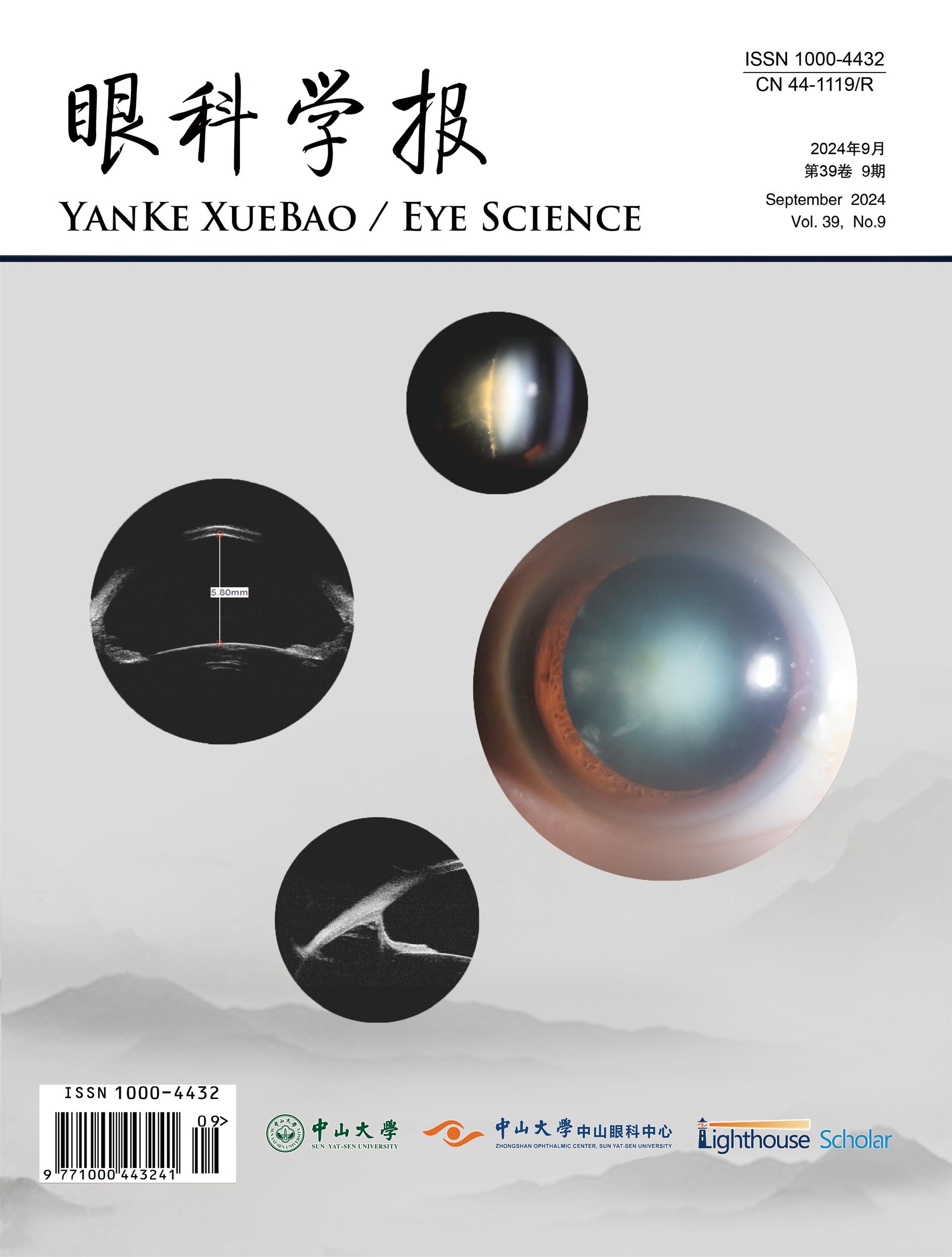年龄决定的近视转诊标准用于大规模视力筛查。
引用次数: 8
摘要
本研究旨在探讨6 - 16岁儿童近视的最佳筛查方法及其最佳转诊标准。方法在获得睫状体麻痹患者知情同意后,选取上海市嘉定区53所中小学6 ~ 16岁的6321名儿童进行人群研究。采用受试者工作特征(ROC)曲线确定未矫正视力(UCVA)、非睫状体麻痹性自折射(NCAR)及两项检测联合的最佳分界点、灵敏度和特异性。结果男童、女童近视患病率差异有统计学意义(χ2 = 6.358, P = 0.012)。与低龄儿童相比,大龄儿童的患病率明显高于低龄儿童(χ2 = 1386.404, P < 0.001)。UCVA与NCAR联合应用时,最佳截断点为UCVA小于等于最小分辨角(MAR)(20/30)的0.2对数,NCAR球面等效折射(SER)小于等于-0.75屈光度(D),相关灵敏度和特异度分别为75.0%和85.0%,高于UCVA和NCAR单独应用。在按年龄分层后,最佳分界点在儿童中有所不同。9 - 12岁儿童的准确率高于其他年龄段的儿童。结论UCVA与NCAR结合是近视的最佳筛查手段。儿童近视的最佳转诊标准应由年龄决定。本文章由计算机程序翻译,如有差异,请以英文原文为准。
Age-determined referral criteria of myopia for large-scale vision screening.
BACKGROUND
This study aimed to explore the best screening measure of myopia and its associated optimal referral criteria for children aged between 6 and 16.
METHODS
After informed consent of cycloplegia was obtained, a total of 6,321 children aged between 6 and 16 from 53 primary or junior middle schools in Jiading District of Shanghai were included in our population-based study. Receiver operating characteristic (ROC) curve was performed to determine the best cutoff points, sensitivities and specificities of different screening tests, including uncorrected visual acuity (UCVA), noncycloplegic autorefraction (NCAR) and the combination of these two tests.
RESULTS
There was significant difference in prevalence of myopia between boys and girls (χ2 = 6.358, P = 0.012). Compared with children of low age, the prevalence of older children was significantly higher (χ2 = 1,386.404, P < 0.001). For the combination of UCVA and NCAR, the best cutoff point was UCVA less than or equal to 0.2 logarithm of minimum angle of resolution (MAR) (20/30) and NCAR spherical equivalent refraction (SER) less than or equal to -0.75 diopters (D), with associated sensitivity and specificity of 75.0% and 85.0%, respectively, which were higher than those of UCVA and NCAR alone. After stratified by age, the best cutoff points were varied among children. The accuracy for children aged between 9 and 12 was higher than that for other ages.
CONCLUSIONS
The best screening measure of myopia was the combination of UCVA and NCAR. The optimal referral criteria of myopia for children should be age-determined.
求助全文
通过发布文献求助,成功后即可免费获取论文全文。
去求助
来源期刊
自引率
0.00%
发文量
1312
期刊介绍:
Eye science was founded in 1985. It is a national medical journal supervised by the Ministry of Education of the People's Republic of China, sponsored by Sun Yat-sen University, and hosted by Sun Yat-sen University Zhongshan Eye Center (in October 2020, it was changed from a quarterly to a monthly, with the publication number: ISSN: 1000-4432; CN: 44-1119/R). It is edited by Ge Jian, former dean of Sun Yat-sen University Zhongshan Eye Center, Liu Yizhi, director and dean of Sun Yat-sen University Zhongshan Eye Center, and Lin Haotian, deputy director of Sun Yat-sen University Zhongshan Eye Center, as executive editor. It mainly reports on new developments and trends in the field of ophthalmology at home and abroad, focusing on basic research in ophthalmology, clinical experience, and theoretical knowledge and technical operations related to epidemiology. It has been included in important databases at home and abroad, such as Chemical Abstract (CA), China Journal Full-text Database (CNKI), China Core Journals (Selection) Database (Wanfang), and Chinese Science and Technology Journal Database (VIP).

 求助内容:
求助内容: 应助结果提醒方式:
应助结果提醒方式:


